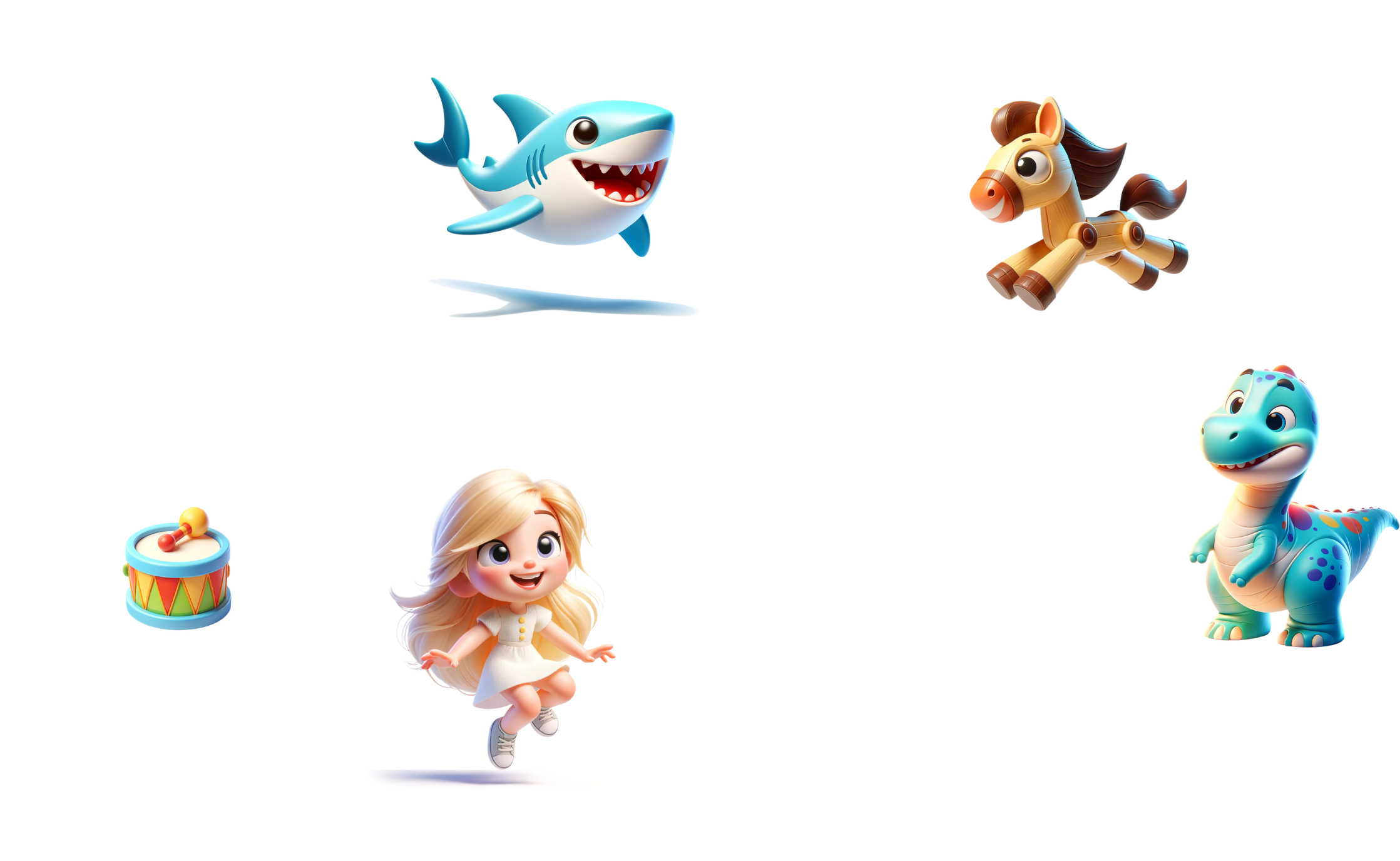Frequently Asked Questions

1Who is Susan Berkowitz?
I’ve been a speech-language pathologist for more than 45 years. Prior to that, I taught children with autism who did not speak functionally to use some signs to communicate. Most of those signs were nouns; no core vocabulary in sight.
When I began my AAC journey, it was with signs and Blissymbols. It’s amazing how far technology has brought us; in terms of AAC systems, but also in the availability of research on best practices in AAC implementation strategies and even availability of core words activities for intervention. I can remember drawing and cutting out pictures to use, programing the first communication devices phonetically, trying to fit all the things users wanted to say into their communication board, the trudge to the copy machine to copy all the pages with all the symbols I needed, then the thrill of the first software for Picture Communication Symbols©.
AAC life has changed dramatically since I began.
2What major gaps still exist in providing SLPs the tools and materials needed to effectively implement AAC therapy and instruction in school settings?
I have been thrilled in recent years seeing more and more SLPs gain the willingness to work with nonspeaking individuals and expanding their own skills in augmentative communication and core word application! That means more and more students who are gaining the skills they need to be competent communicators.
But that doesn’t mean that every nonspeaking child has a voice. Not yet.
And I’m watching some of those SLPs burn out!
One thing that hadn’t changed until very, very recently is the lack of robust materials to use when implementing AAC in a therapeutic or educational setting; including AAC assessment tools and procedures, AAC strategies for ASD, and AAC implementation in inclusive classrooms.
We know AAC users need contextualized teaching and consistent modeling in the environments using the AAC board/book/device. But we also know that in real life classrooms are often hectic and therapy sessions can feel daunting.
I well remember having to make ALL of the materials I used. There were no checklists, assessment forms, rubrics, pre-made therapy materials of any kind.
And while much of what we do in therapy with the rest of our language delayed/disordered students can be used with our AAC users - sometimes with some modifications - we also need to provide direct, structured, interactive practice with symbols.





